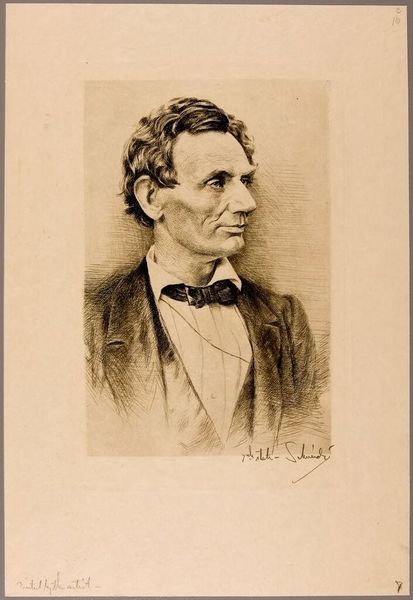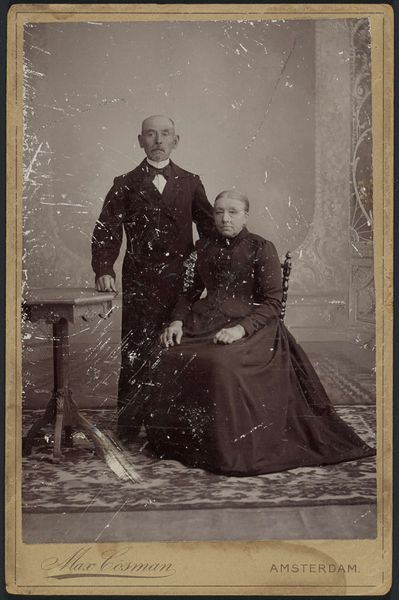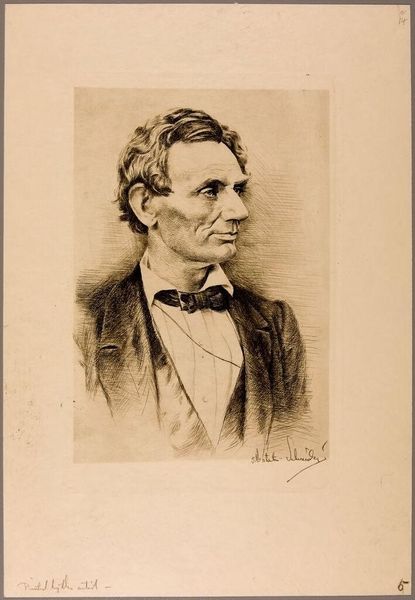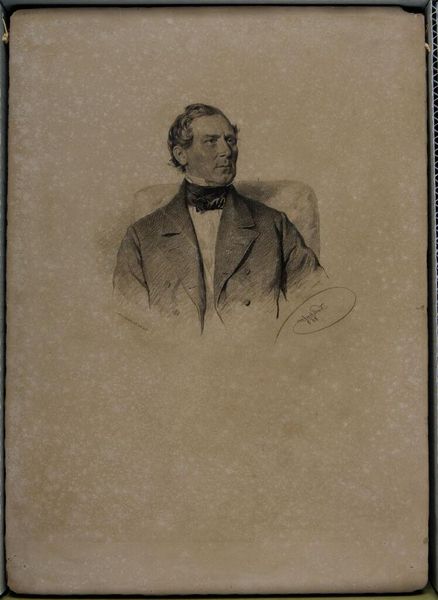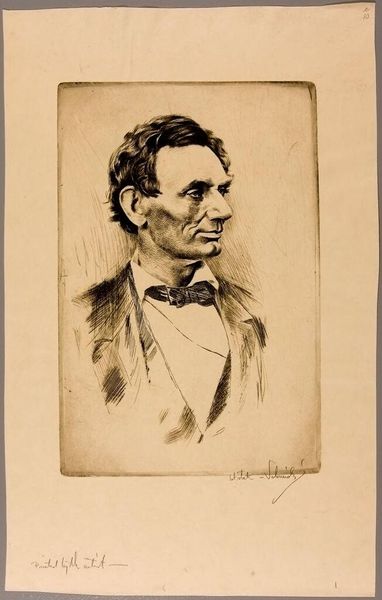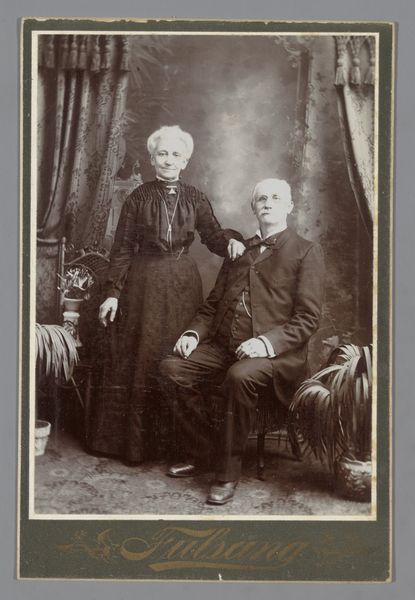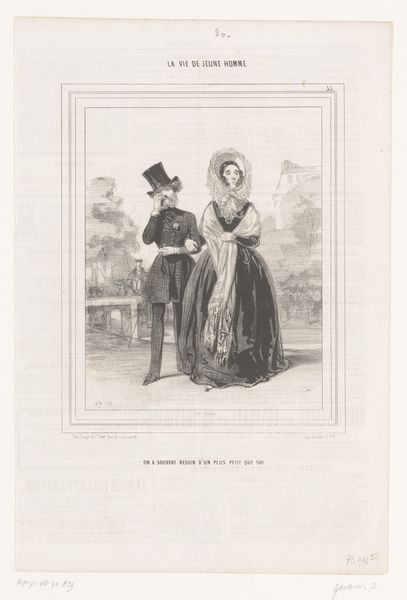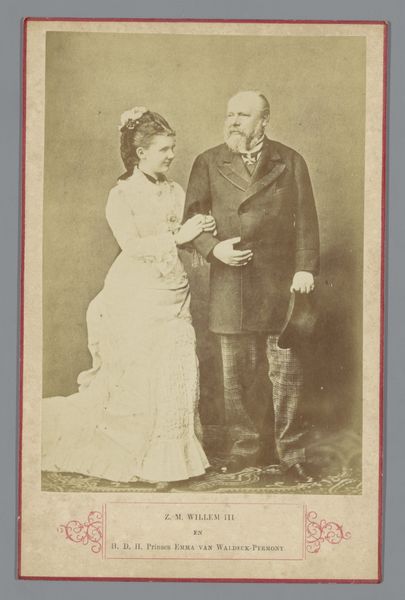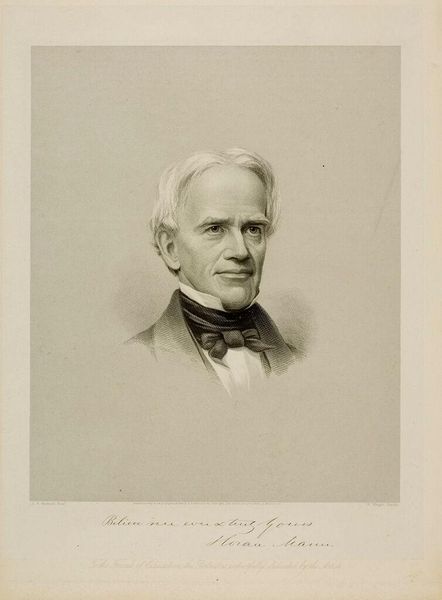
Copyright: Public domain
This lithograph of the Petzold couple was made by Josef Kriehuber sometime in the first half of the 19th century. Lithography, unlike traditional printmaking, relies on the chemical repulsion between oil and water. The image is drawn on a stone or metal plate with a greasy crayon, then treated with acid. Ink adheres to the drawn areas, which are then transferred to paper. The materiality of the lithograph lends itself to a unique aesthetic. Look at the soft, almost velvety tones and the remarkable detail in the Petzolds' faces and clothing. Kriehuber's skill with this relatively new reproductive technique allowed for a wider distribution of portraits, and it democratized image-making to some extent, offering a more affordable alternative to painted portraits for the rising middle class. The labor involved in creating a lithograph is considerable, from preparing the stone to the meticulous printing process. Recognizing this helps us appreciate the artistry and effort embedded in this image, challenging the traditional hierarchy between fine art and more commercial forms of printmaking.
Comments
No comments
Be the first to comment and join the conversation on the ultimate creative platform.


